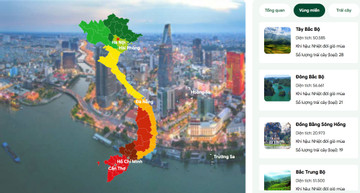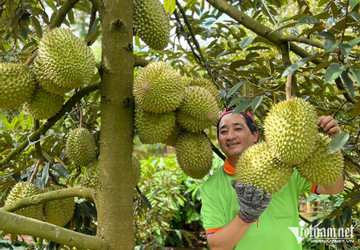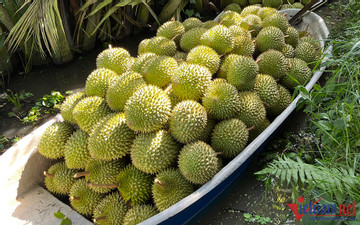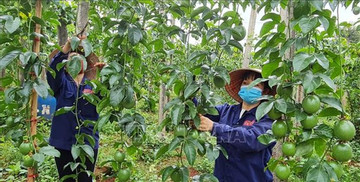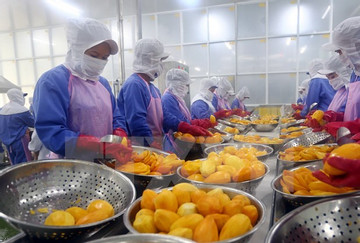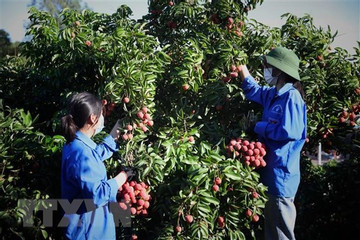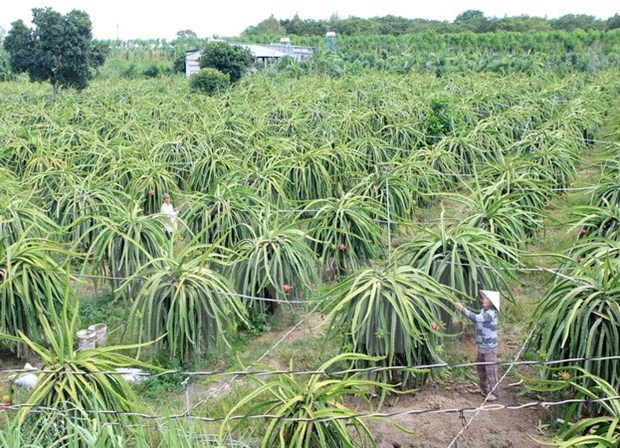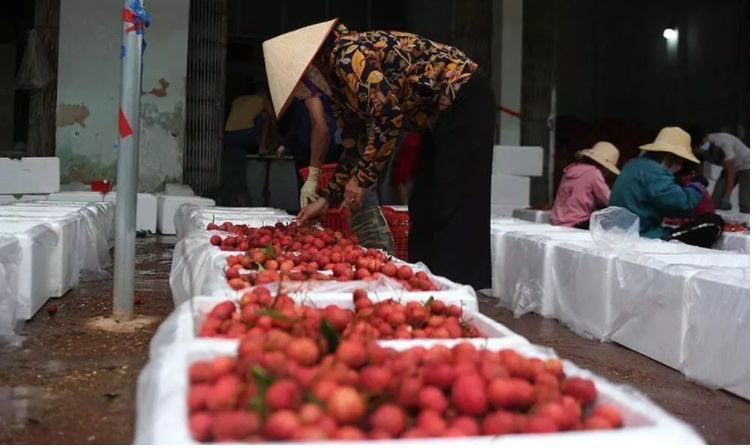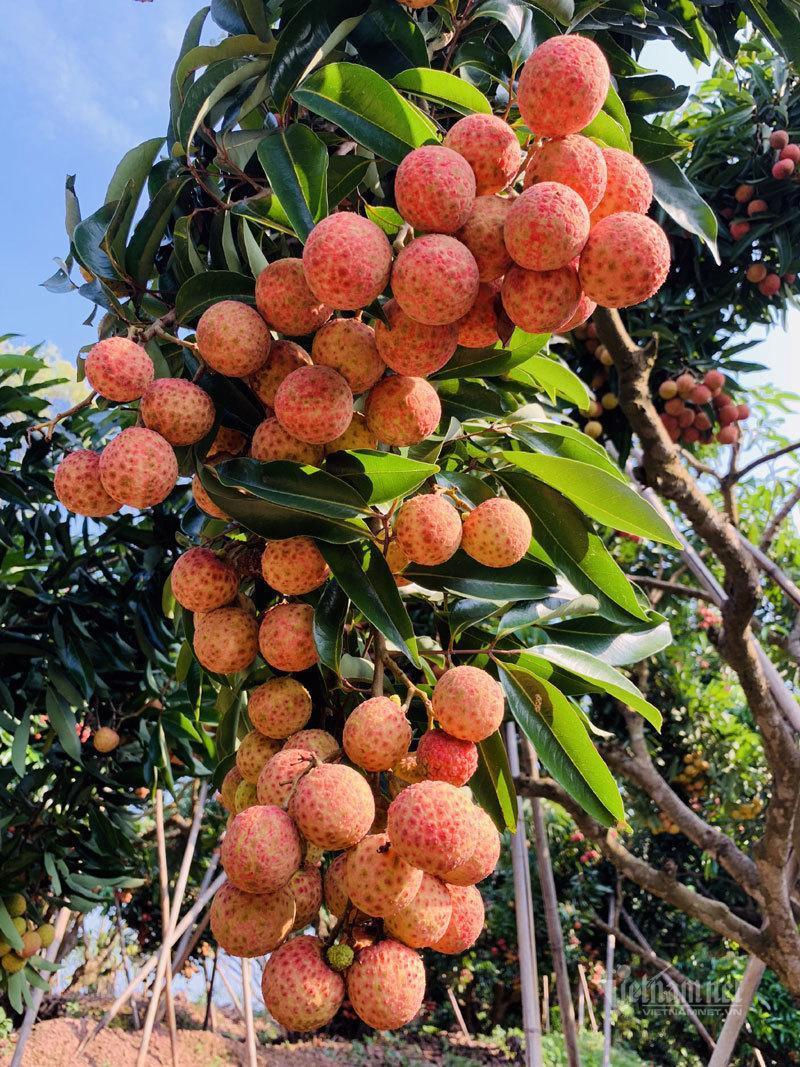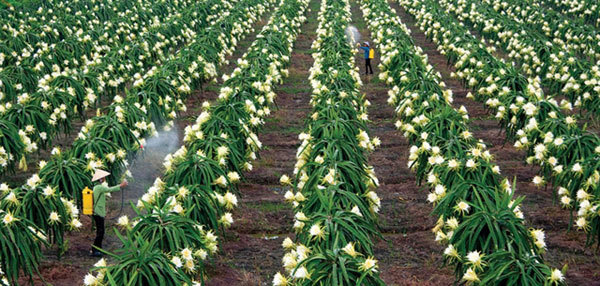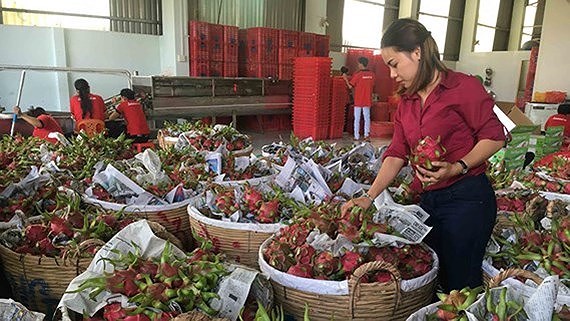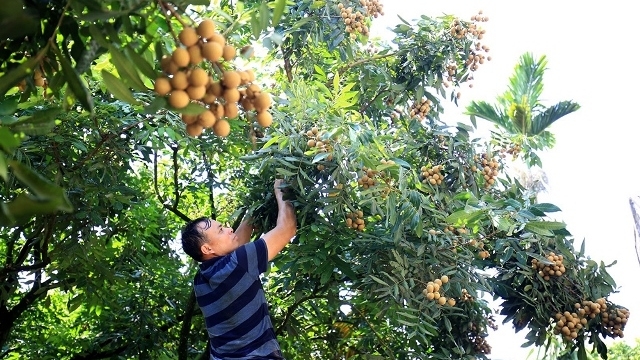- © Copyright of Vietnamnet Global.
- Tel: 024 3772 7988 Fax: (024) 37722734
- Email: [email protected]
fruit export
Update news fruit export
China proposes re-signing protocol for seven kinds of Vietnamese fruit
China has proposed signing protocol for seven types of local fruit exported to the northern neighbour via official channels for stricter management, as is currently applied to durian and star apples.
The woman who makes digital map for fruit distribution
Starting a business as a seller of high-end fruits with VND12 million borrowed from a relative 10 years ago, Nguyen Ngoc Huyen began selling imported fruits when she was a third-year student at a university in HCM City.
Vietnamese fruit exporters enter world’s largest durian market
Vietnam’s first 100 tons of durian on September 17 were shipped from Dak Lak to China, the world’s largest durian consumption market.
Chinese fond of branded produce, but Vietnam’s durian remains unknown
Vietnam has found a way to export durian to China. But Chinese know only Thailand’s Monthong and Malaysia’s Musang King durian.
Safe production sustains Vietnam’s fruit export brand
Vietnam holds huge potential for fruit production, but food safety requirements may be among the major challenges to the country’s export of the products.
Vietnam’s quest to turn fruit export potential into power
A number of fruits grown in Vietnam have successfully entered high value and challenging markets and the country is constantly seeking ways to beef up its economic power via fruit exports.
Ten tonnes of Vietnamese longan exported to Australia
Nearly 10 tonnes of Vietnamese longan were exported to Melbourne, Australia, on August 10, according to the Vietnam Trade Office in Australia.
Vietnam facilitates lychee purchase by Chinese traders in Bac Giang: Spokeswoman
Competent agencies and localities of Vietnam always create favourable conditions for Chinese businesses and traders to buy the fruit in Bac Giang, Foreign Ministry spokeswoman Le Thi Thu Hang said.
VN dragonfuit sales sluggish in home market, but ‘hot’ in foreign markets
While dragonfruit in Vietnam has seen prices plummet, the fruit is being sold for VND200,000 per kilogram in Australian supermarkets and VND600,000 in the Netherlands.
Lang Son to stop receiving fresh fruit vehicles from Jan 17 to Tet
The northern province of Lang Son has announced that it would stop allowing vehicles transporting fresh fruits to its border gates for export to China from January 17 until the lunar New Year holiday or Tet.
Vietnam ought to improve fruit quality for exports
The export value of vegetables and fruits reached at US$3.2 billion in 2020 and fruits account for 80 percent of export turnover.
China resumes importing Vietnamese dragon fruit, bananas
China has agreed to resume importing Vietnamese dragon fruit and bananas through the Kim Thanh International Border Gate in Lao Cai province following a hiatus due to COVID-19.
Lychee 'campaign' results in big sales, Son La mango harvest also a success
In mid-June, during the peak of the fourth Covid-19 wave, up to 100,000 tons of lychee sourced from Bac Giang Province, Vietnam’s largest pandemic center, were sold.
San Diu ethnic farmer grows the most expensive litchis in Vietnam
Tran Van Hanh, who lives in Chao hamlet, Luc Ngan district, Bac Giang province, one of the two largest litchi growing areas in Vietnam, owns an orchard that grows the most expensive litchis in the country.
Vietnamese dragonfruit needs to find new export markets: Experts
In the first 11 months of this year dragonfruit exports fell by 10 per cent because of the COVID-19 pandemic but still dominated Vietnamese fruit exports with shipments of more than US$1 billion.
Fruit exports to China down, Vietnam pins hopes on Japan, India
 Vietnam’s litchi can now be exported to the Japanese market, and dragon fruit to India.
Vietnam’s litchi can now be exported to the Japanese market, and dragon fruit to India.
Even with EVFTA, Vietnamese fruit still relies on Chinese market
 Vietnamese fruit exporters have been trying to stop their reliance on China, but no progress has been made in finding new markets.
Vietnamese fruit exporters have been trying to stop their reliance on China, but no progress has been made in finding new markets.
IFC supports Vietnam's exports of high quality fruits
 The IFC, a member of the World Bank Group, has signed a memorandum of understanding with the Plant Protection Department to support efforts to expand export markets for Vietnam's high quality fruits.
The IFC, a member of the World Bank Group, has signed a memorandum of understanding with the Plant Protection Department to support efforts to expand export markets for Vietnam's high quality fruits.
China tightens veggie and fruit import requirements for Vietnam
 Improving product quality and promoting exports through official channels are seen as a stable method of development for Vietnam's fruit and vegetables as China looks set to apply stricter requirements on fruit imports in the future.
Improving product quality and promoting exports through official channels are seen as a stable method of development for Vietnam's fruit and vegetables as China looks set to apply stricter requirements on fruit imports in the future.
Hung Yen province enters longan harvest season
 A total of 4,300 hectares in the northern province of Hung Yen is allocated to growing longans, of which 3,000 hectares are now being harvested.
A total of 4,300 hectares in the northern province of Hung Yen is allocated to growing longans, of which 3,000 hectares are now being harvested.

